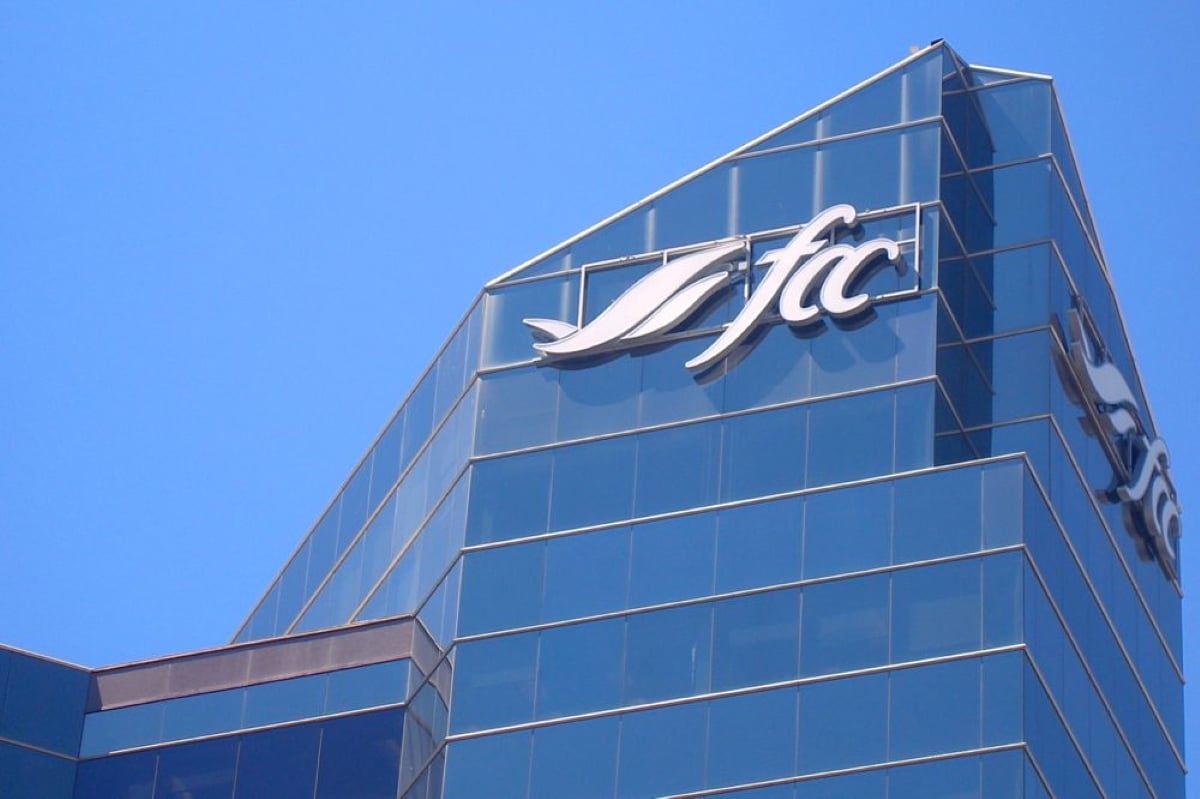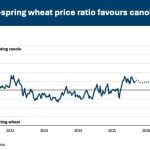EDMONTON – Cows and crops go together like a horse and buggy, said a panel of Alberta farmers at a recent farming conference.
The trio of farmers has found how to link their cattle with their crops to keep feed costs low and make cattle feeding easier.
John Lamb of Balzac said sweet clover silage is one of the keys to producing low-cost feed for his 3,000 head feedlot.
“The yield is as good as barley and it never lets you down,” said Lamb, who also has 270 purebred and 500 head of commercial cattle.
Read Also

Farm Credit Canada partners with major Toronto innovation hub
A FCC parntership with MaRS Discovery District aims to solve technology problems in food supply chains.
The sweet clover seeded with a barley cover crop is high in protein, grows well through trash cover and yields more than 10 tonnes per acre.
“It’s a tremendous crop.”
Rye is another key to his low-cost feeding system. He seeds rye around July 1 and leaves it to grow until the following April when he turns the purebred cows and their January and February-born calves onto the crop.
Grazing the rye allows him to move the cattle out of the yard, save on feed costs and gets calves grazing early. He estimates it cost $1.22 per head per day to graze the rye.
The 500 head of commercial cattle graze in the field all winter.
At the beginning of April they are turned onto a field of fall-swathed feed. It’s a way of getting the animals away from the yard and allows the cows to calve in a large area with little intervention. The feed is also a nutritional boost after a winter of dry feed.
“It’s a real pleasure to calve,” said Lamb, who estimates he can graze 250 cows on 130 acres for about $1 a day each.
It took a drought for Allan Jones of Balzac to figure out a low-cost winter-feeding system for his 185 cows.
In 2002, Jones was worried the chaff would fall through the thin swaths that his cattle grazed during the winter. Jones built what he calls a buncher, like a giant pitchfork on a counterweight, which follows behind the combine.
The buncher is designed to drop straw and chaff in one-metre-high by twoÐm-wide piles behind the combine. The cows graze on the straw and chaff from October to February. In January, Jones adds a protein supplement to the feed.
He estimates his feed costs to be 27 cents a day per head, a 92 cents per head per day feed savings from more traditional methods.
Jones said his savings are even greater when he factors in the low wear on machinery, lower labour cost and fewer calving problems because the cows are in better shape from walking to feed piles and to water.
Neil Boyd of Fairview, Alta., uses grain and grass seed to complement his cattle operation.
Most of the meadow brome grass seed crop is baled. Until the snow gets too deep he rolls it out into the field for the cows to eat.
In the past, he grew peas and oats together in the field to be used for his cattle to graze in swaths until Christmas. If he doesn’t need it for swath grazing, he bales it as reserve feed. Boyd also cuts and bales the headlands of his cropland as a way to manage disease and prevent weeds from encroaching in the field. It also enables him to gain a few extra bales.
This year he planted a combination of grain peas, forage peas and barley to bale and uses it as winter forage. The greenfeed bales are used in May as a good source of feed before the pastures begin to grow. He also bales straight oats to use as winter bale grazing. He places six bales in a row and pokes in an orange fencing post for his electric fence. Every two days he moves the wire to the next row of bales in the field.














